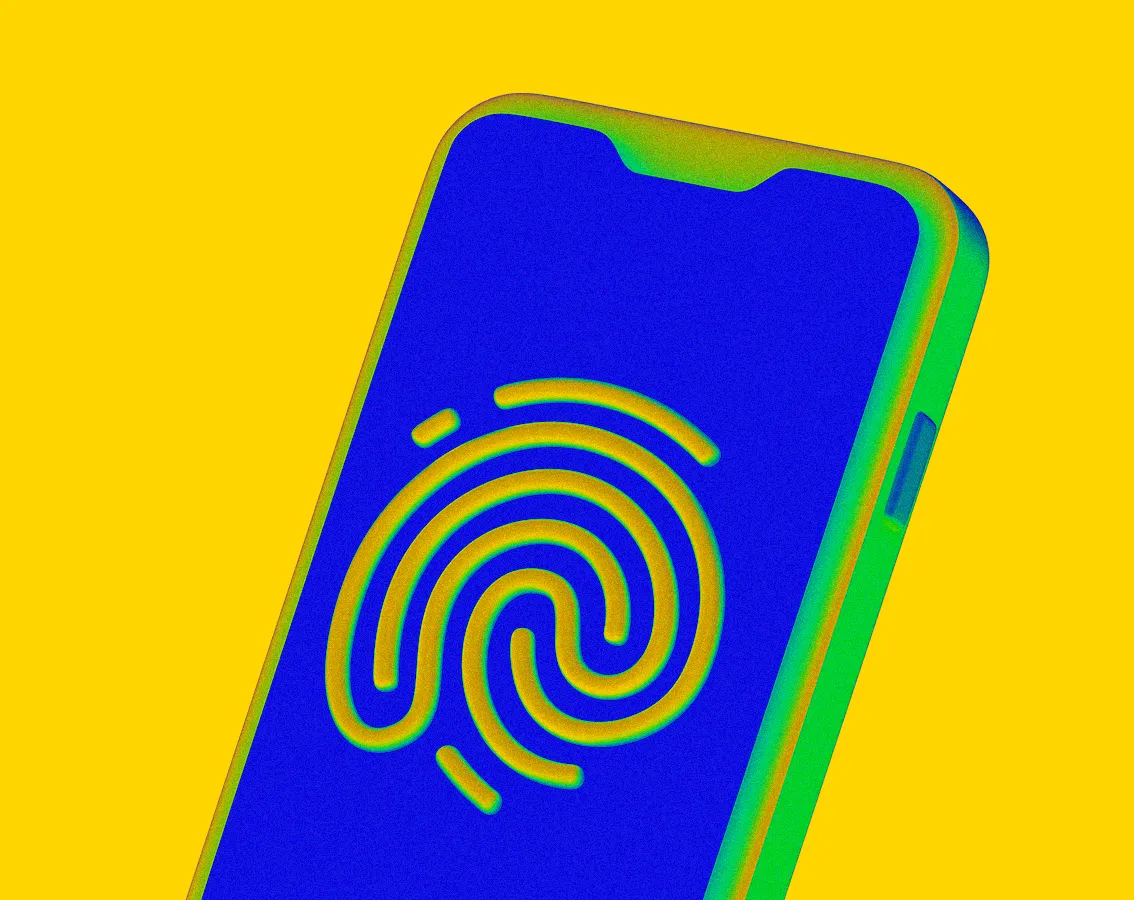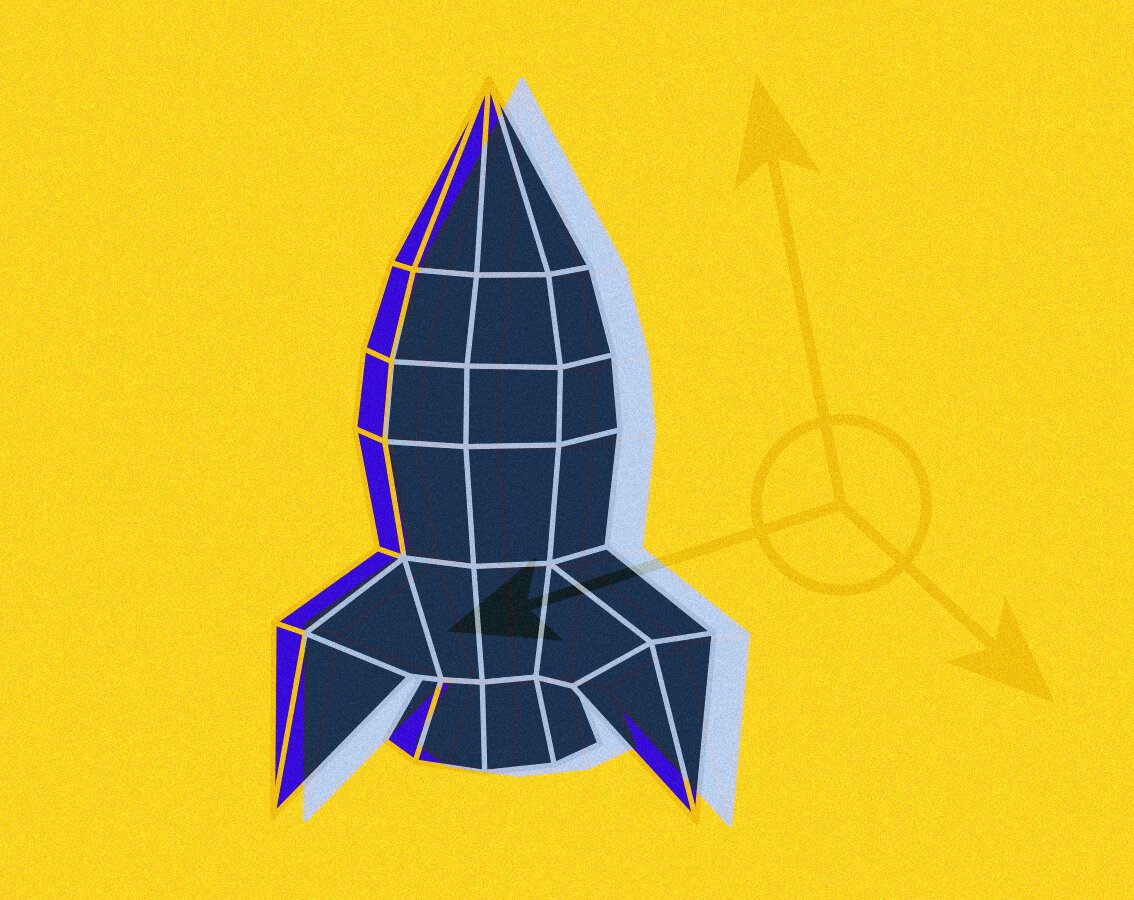blog
Digital Transformation 2025: Navigating the AI-Powered, Cloud-First Future
Digital transformation January 9, 2025

For business leaders of 2025, digital transformation isn’t a choice - it’s inevitable and accelerating. The best businesses aren’t just adopting new technologies; they’re redefining how they think.
For CXOs and leaders of businesses, staying ahead means understanding how AI, automation, and data-driven decision-making are reshaping industries.
This article attempts to offer useful insights on how forward-thinking leaders, particularly in the fast-paced APAC region, can harness these changes to drive sustainable growth, enhance customer experiences, and future-proof their businesses.
What's Driving Digital Transformation Priorities in 2025?
In 2025, tech giants are making massive AI investments to accelerate digital transformation. Microsoft and Google are pouring billions into AI data centers, Amazon is advancing AI infrastructure, and OpenAI’s autonomous AI agent is streamlining business processes. These moves signal a shift toward AI-driven enterprise solutions, reshaping industries.
The Rise of the AI Agents: In 2024, enterprise SaaS platforms increasingly adopted AI agents to automate workflows and improve decision-making. This trend will accelerate, impacting staffing models and the required skillsets within organizations.
Global Economic and Political Shifts: Factors like changing US trade policies (including potential import tariffs), immigration shifts, and evolving energy policies all have significant ripple effects on supply chains, labor pools, and overall business strategy.
Increased Pace of Change: Technology advancements, especially in AI and cloud computing, are accelerating faster than before. There is a substantial increase in funding for AI companies, highlighting the growing importance of AI across industries.
Singapore and APAC’s digital landscape too is creating major opportunities for businesses in the region. Singapore’s 2025 Budget drives AI adoption with S$150M for businesses and workforce upskilling. The new Punggol Digital District fosters collaboration in digital and cybersecurity industries.
Across APAC, companies are investing in hybrid AI, bolstering cybersecurity, and increasing IT budgets for digital growth. Meanwhile, evolving data governance policies require businesses to stay agile. To stay ahead, embracing AI, upskilling teams, and adapting to regulations will be key.
Key Digital Transformation Trends for Enterprises in 2025
Here's a breakdown of the most crucial digital transformation trends to prepare for in 2025:
- Advanced AI and Machine Learning: Expect deeper integration of AI and ML algorithms for predictive analytics, personalized customer experiences, and automated decision-making across operations.
Cloud-First Strategy: Continued heavy migration to cloud platforms for scalability, flexibility, and cost efficiency.
Low-Code/No-Code Development: Increased adoption of low-code platforms to empower citizen developers and accelerate application development.
Hyper-Automation: Automating as many processes as possible using robotic process automation (RPA) and other automation tools.
Blockchain Technology: Growing adoption of blockchain for secure data management, traceability, and decentralized applications across various sectors.
Internet of Things (IoT): Further integration of connected devices to gather real-time data for improved operational insights and decision-making.
Immersive Technologies (AR/VR): Increased use of augmented and virtual reality for training, customer engagement, and product design.
Cybersecurity Focus: Prioritization of robust cybersecurity measures to protect against evolving cyber threats.
Data Analytics and Insights: Utilizing advanced data analytics tools to extract valuable insights from large datasets for informed business decisions.
Ethical AI Considerations: Growing emphasis on responsible AI development to address bias and privacy concerns.
The Rise of Composable Applications
The days of simply "lifting and shifting" applications to the cloud, or modernizing them without fundamentally improving user experience, are over. 2025 will see a greater emphasis on composable applications.
Composable applications are built using APIs as the primary means of connecting and integrating functionality. AI plays a crucial role, both in driving the need for composable applications (through its ability to be embedded in various parts of the business) and in enabling them (by providing intelligence to enhance API interfaces).
Benefits of this approach:
Faster Development: AI copilots and improved developer experience accelerate the creation of new applications and features.
User-Centric Design: The focus shifts to enhancing user experiences and embedding AI capabilities directly into applications.
Data Leverage: Organizations can more easily leverage their proprietary data within LLMs and develop custom AI agents.
Improved Practices: The efficiencies gained through AI and composability encourage better software development practices and the reduction of technical debt.
Leading the Change - Empowering Adaptability
The rise of AI isn't just about the technology itself; it's about the people who will use it. As AI tools become increasingly sophisticated, impacting areas like coding, content creation, and workflow orchestration, your workforce needs to evolve.
This means investing focusing on these key areas:
Transformational Leadership: Leaders need to have strong business acumen to ensure that AI initiatives are directly tied to strategic business objectives. They must be able to identify high-impact opportunities, prioritize projects, and validate the accuracy of AI-driven insights.
AI-Ready Skills: Don't expect employees to magically adapt to AI-powered workflows. Invest in robust training and change management programs.
Data is the Fuel: Prioritize data quality, integration, and real-time access, ensuring AI models have the best inputs to drive actionable insights and automation. No good AI without good data.
Scalability Over Experimentation: Avoid AI hype cycles; focus on scalable, production-ready AI solutions that deliver tangible ROI rather than endless pilots with no real business impact.
An Increased Need to Focus on Data and AI Governance
With the explosion of AI, the stakes for data governance have changed dramatically. In 2025, data governance and AI governance are merging into a single, critical discipline.
Business leaders should consider the following actions:
Implement Comprehensive Data Governance:
Develop and enforce policies that ensure data is collected, processed, and stored in compliance with applicable laws (GDPR, CPRA, PIPL). Regular audits and updates to these policies are essential to adapt to new regulations.
Enhance Cybersecurity Measures:
Enterprises need to upgrade security measures to comply with the SEC, CRA, and new cloud laws.
Cybersecurity takes a new turn in the age of AI with new challenges - deepfake proliferation, AI-powered attacks, insider threats.
Invest in advanced security technologies, such as AI-driven threat detection and response systems, to protect against evolving cyber threats. Employee training programs are also crucial to foster a culture of security awareness.
AI Regulatory Changes:
AI governance laws (EU AI Act, US AI Order) require enterprises to implement transparency, fairness, and security in AI-driven operations. Establish a dedicated team or engage external experts to monitor legislative developments in data privacy and cybersecurity. This vigilance enables timely adjustments to compliance strategies and minimizes the risk of regulatory infractions.
Cybersecurity in the Age of AI
IT departments are, and will continue to be, on the front lines of cybersecurity. The increasing sophistication of cyberattacks, combined with the new vulnerabilities introduced by AI and cloud technologies, demands constant vigilance and adaptation.
In 2025, expect these key challenges:
Deepfake Proliferation: As deepfake technology becomes more accessible and harder to detect, businesses will need new strategies for verifying information and ensuring authenticity. Employee education and awareness programs are crucial.
AI-Powered Attacks: As AI evolves, it will become better at data attribution, making it harder to distinguish between legitimate users and malicious actors. This necessitates a renewed focus on IT and AI employee training to identify and address these evolving risks.
Insider Threats: Employee training programs remain one of the best defenses against insider threats, both malicious and accidental.
Digital Transformation in 2025, fueled by the continued advancement of AI and the widespread adoption of cloud technologies, demands a new level of strategic thinking. It's not just about adopting new technologies; businesses must integrate them deeply, prioritize data governance and security, and invest in developing a workforce capable of navigating the changing landscape.

